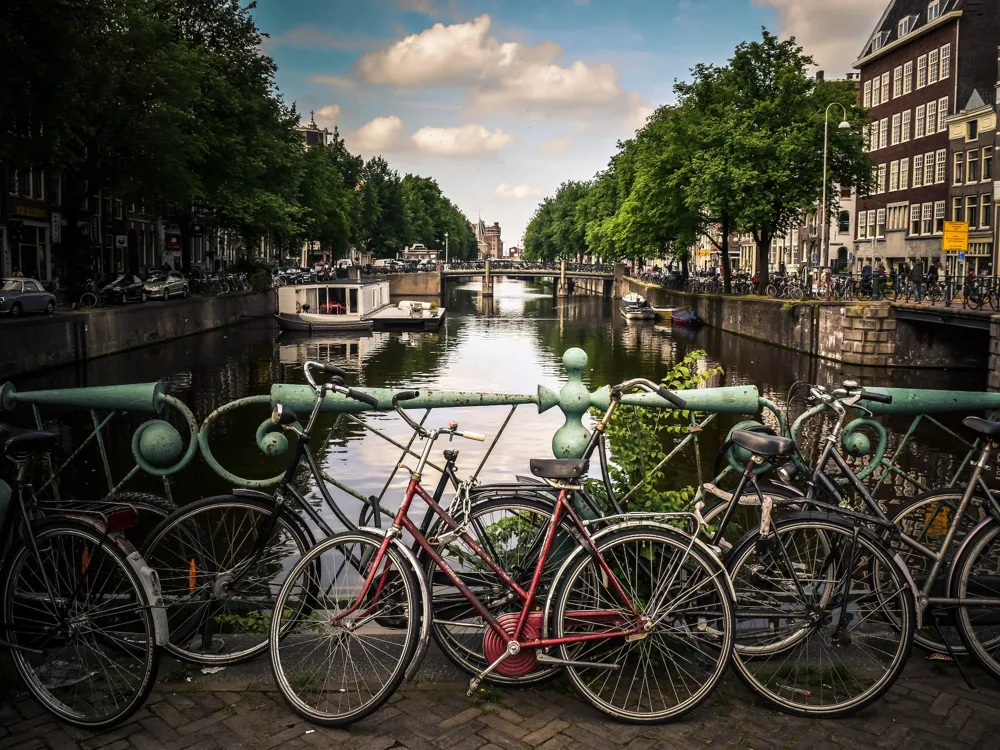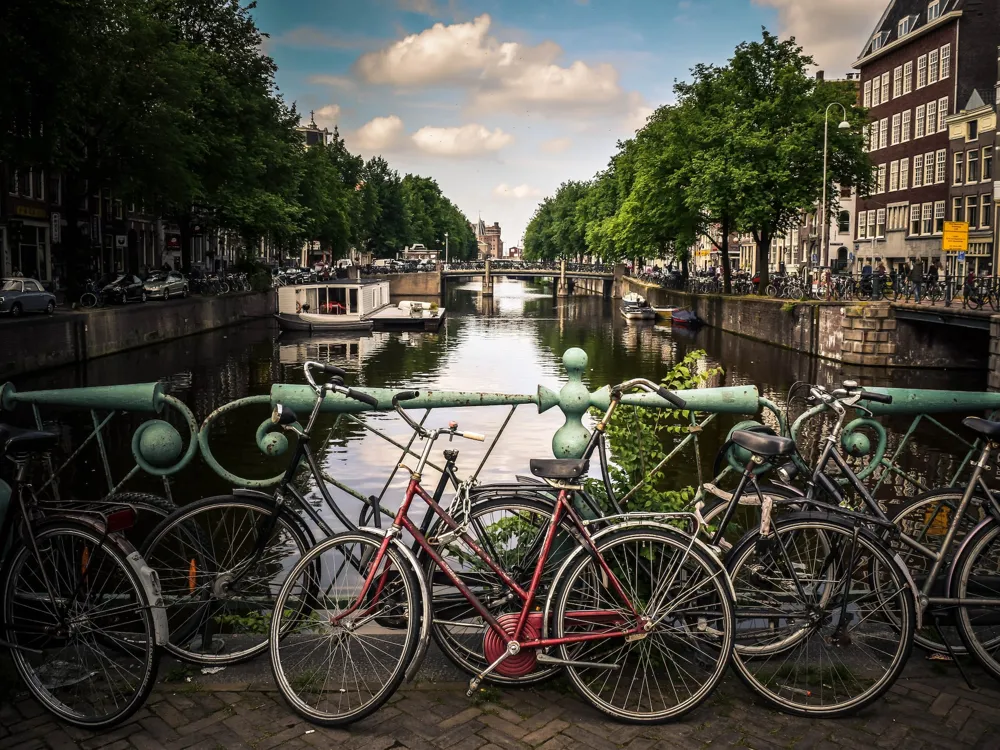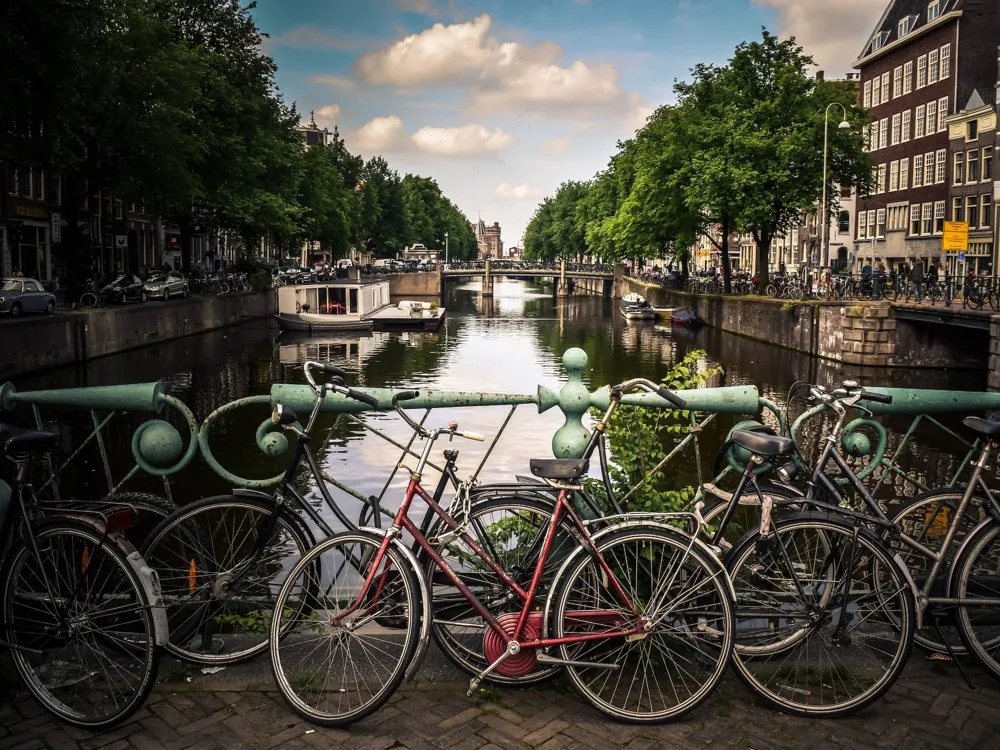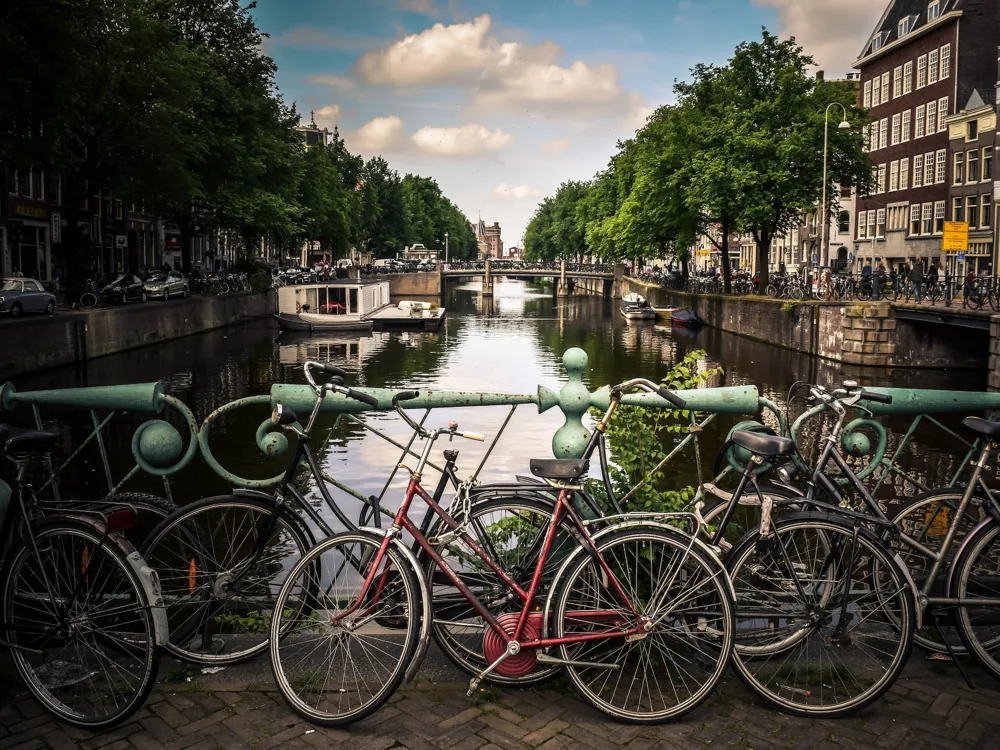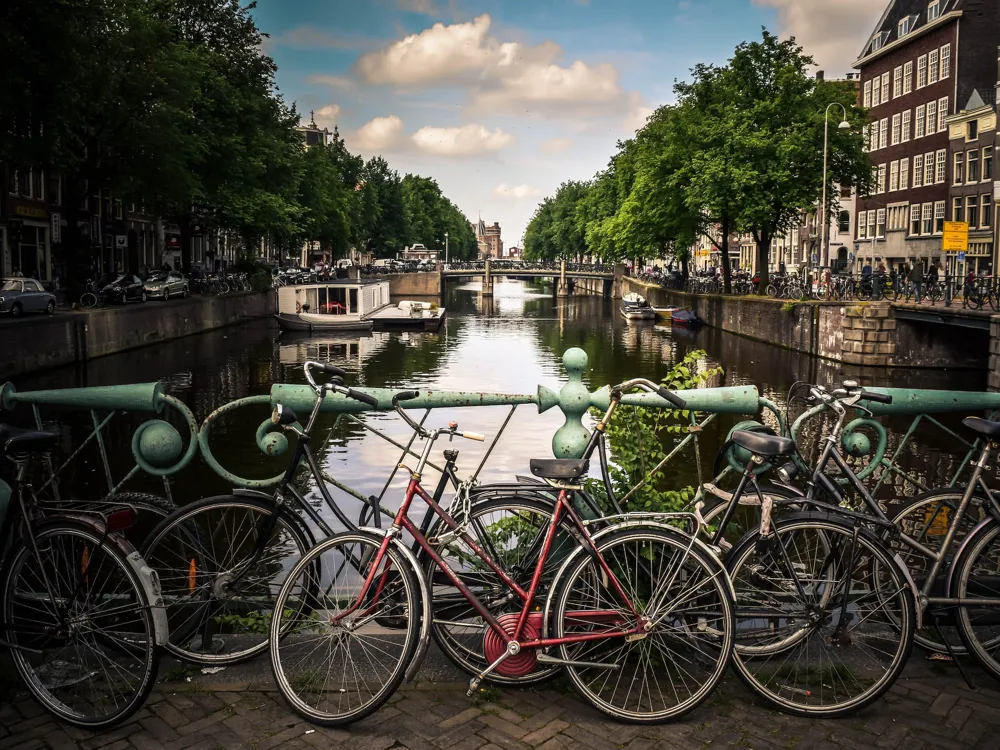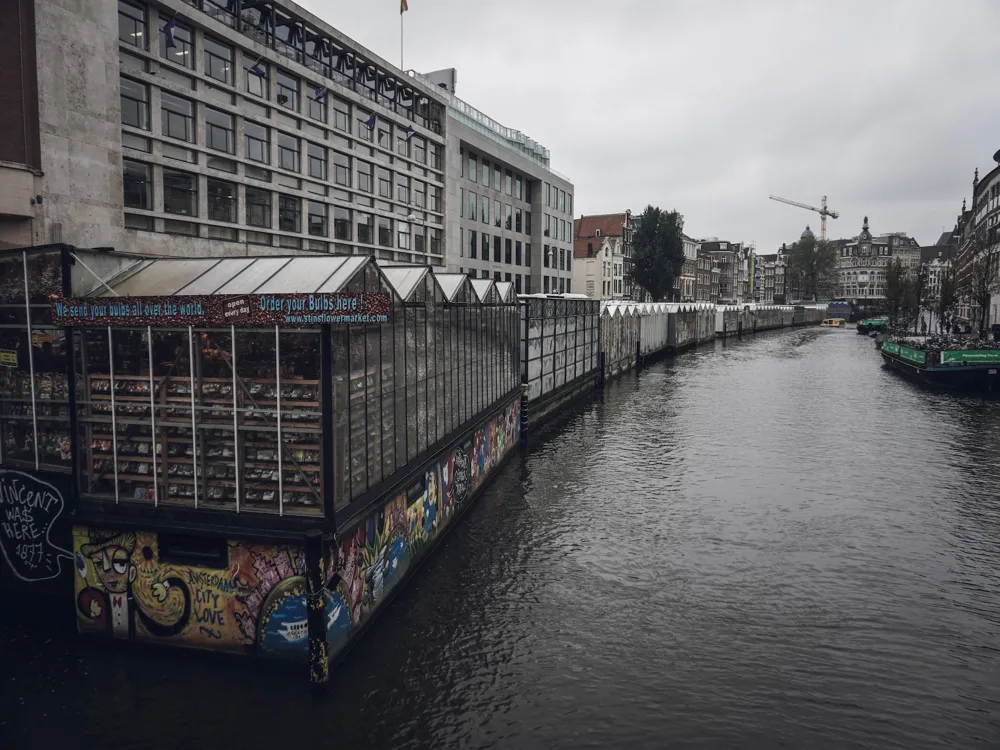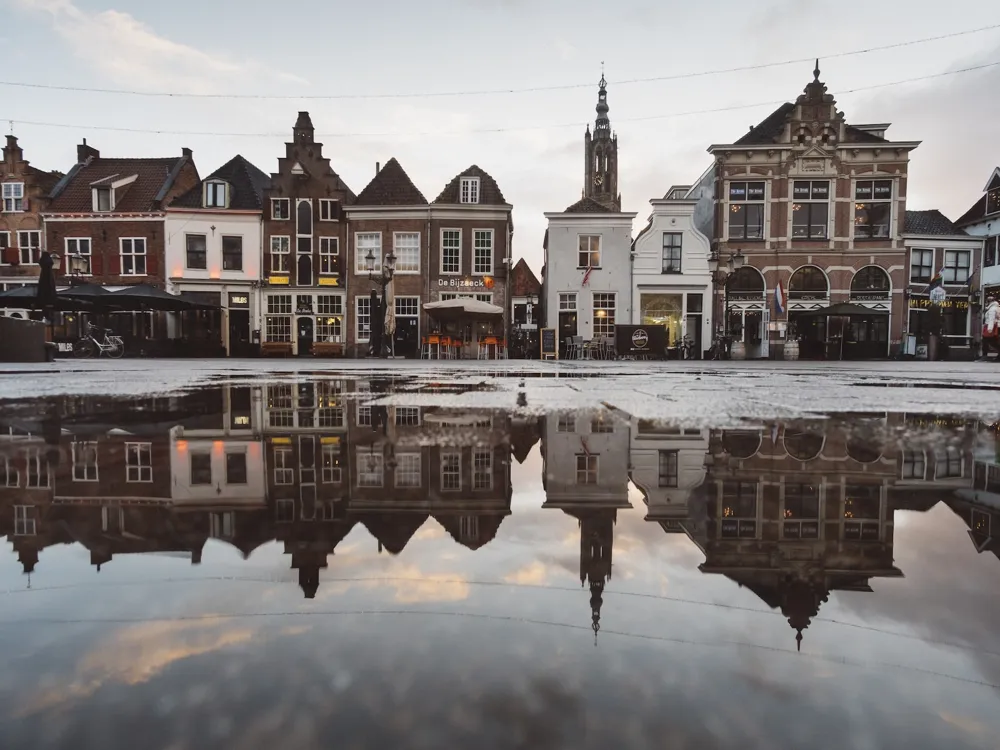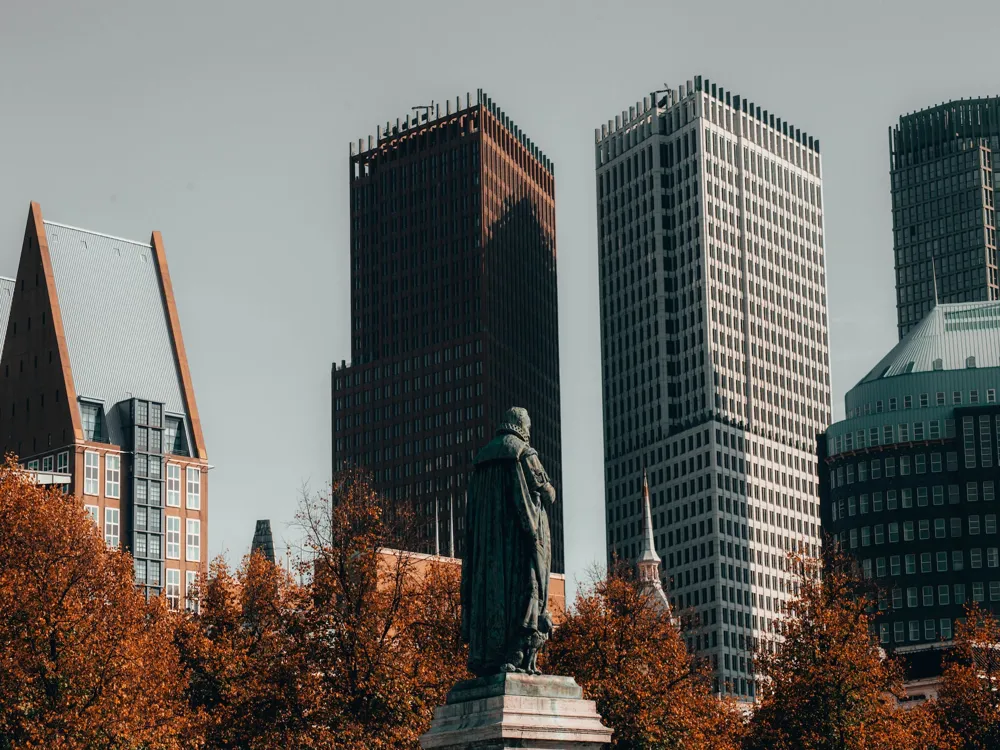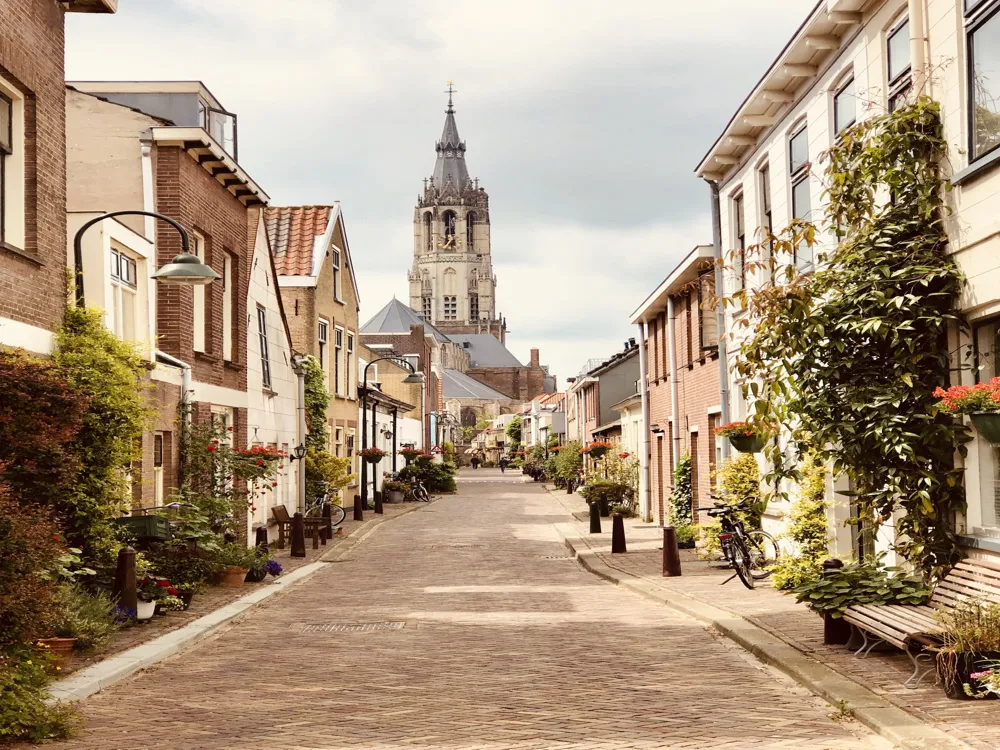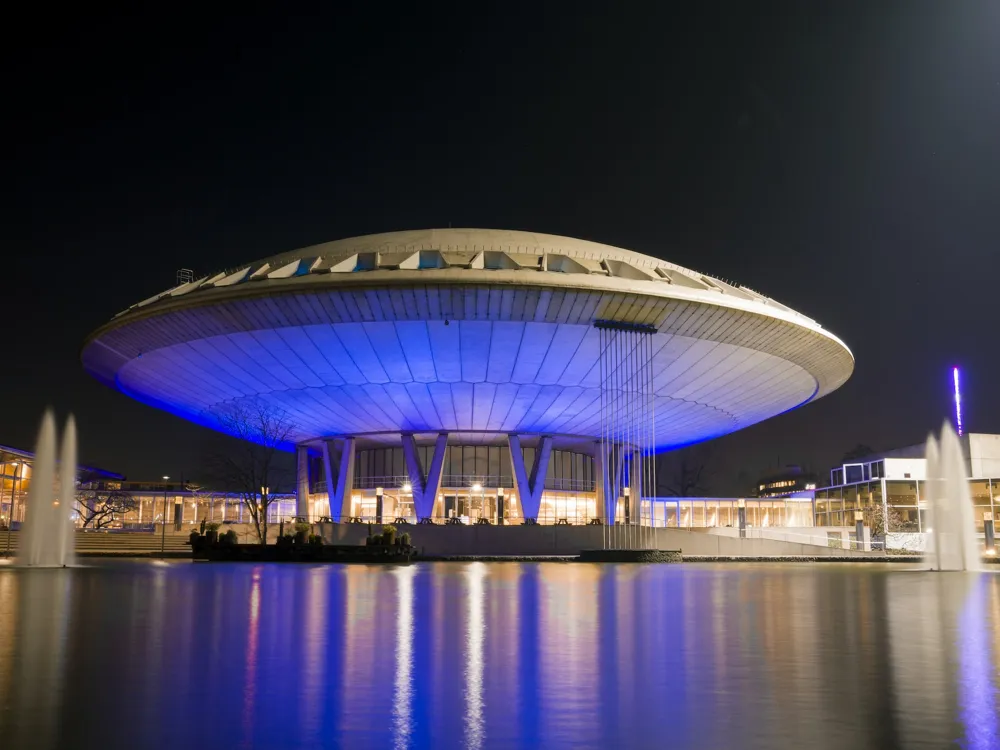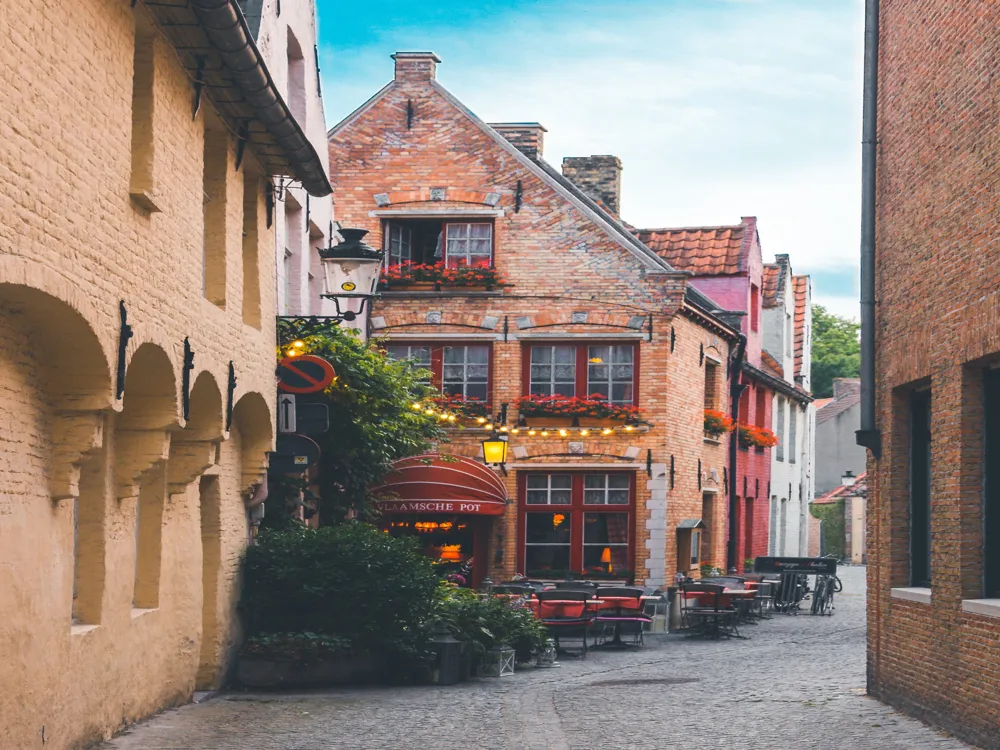The Rembrandt House Museum, located in the heart of Amsterdam, is a historical landmark and an artistic sanctuary dedicated to the life and works of the famed Dutch artist, Rembrandt Harmenszoon van Rijn. This museum, nestled in the artist's former residence, provides a comprehensive glimpse into the world of Rembrandt, showcasing his personal life, artistic journey, and the rich cultural heritage of the 17th-century Netherlands. The museum stands on the site of Rembrandt's home from 1639 to 1658, a period during which he created some of his most celebrated works. Visitors to the museum can explore the restored house, which includes the artist's studio, living quarters, and a gallery featuring an extensive collection of his etchings and personal belongings. The museum also offers a rare opportunity to see demonstrations of Rembrandt's painting techniques, providing a unique insight into his creative process. Rembrandt, widely regarded as one of the greatest visual artists in the history of art, was a master of the Dutch Golden Age. His contributions to art came in a period of great wealth and cultural achievement that historians call the Dutch Golden Age, when Dutch art (especially Dutch painting), although in many ways antithetical to the Baroque style that dominated Europe, was extremely prolific and innovative. The Rembrandt House Museum not only celebrates the artist’s legacy but also serves as a cultural hub for art enthusiasts, historians, and tourists. It hosts various exhibitions, workshops, and educational programs throughout the year, making it a dynamic and engaging place to visit. The architecture of the Rembrandt House Museum is a testament to the Dutch Golden Age, mirroring the artistic and cultural ethos of the era. The building, originally constructed in 1606 and later remodeled by Rembrandt himself, stands as an example of Dutch classicism. The façade, with its elegant brickwork and large windows, reflects the domestic architecture prevalent during Rembrandt's time. Inside, the museum is a journey back in time. Each room is meticulously restored and furnished to mirror the 17th-century style. The use of oak wood for flooring and paneling, along with the traditional Dutch tiled kitchen, adds authenticity to the visitor's experience. Rembrandt's studio, the heart of the house, remains a focal point for visitors. It is here that he painted some of his most famous works, and the studio is carefully preserved to reflect its original state during Rembrandt's occupancy. The museum’s extension, added in 1998, contrasts yet complements the historical house. Designed by architects Sturm and Van Stigt, this modern wing houses the museum's entrance, exhibition spaces, and a museum shop. Its contemporary design, with minimalist lines and use of light and space, offers a refreshing counterpoint to the historical sections of the museum, making the entire building a harmonious blend of the old and the new. The Rembrandt House Museum's architecture not only serves as a backdrop for the art but also tells a story of the period, the people, and the life of one of the most remarkable artists in history. Early mornings or late afternoons are usually less crowded. Visiting during the weekdays can also offer a more tranquil experience. Consider booking a guided tour for a more in-depth understanding of Rembrandt's life and works. These tours often provide fascinating insights not immediately apparent to the casual observer. Photography may be restricted in certain areas of the museum. Always check the museum's photography policy before your visit. The museum is equipped to accommodate visitors with disabilities. However, due to the historical nature of the building, some areas might be less accessible. Don't forget to visit the museum shop for unique souvenirs and the café to enjoy traditional Dutch refreshments. The Rembrandt House Museum is conveniently located in central Amsterdam and is easily accessible by public transport. The closest tram stop is Waterlooplein, which is served by several tram lines. For those preferring a scenic route, a bike ride to the museum is a quintessentially Amsterdam experience. Limited parking is available in the area for visitors choosing to drive. For international visitors, the museum is a short journey from Amsterdam Schiphol Airport. One can take a train to Amsterdam Central Station and then a tram or bike to the museum. This accessibility makes the Rembrandt House Museum an essential stop for any cultural itinerary in Amsterdam. Read MoreOverview of the Rembrandt House Museum in Amsterdam
Architecture of the Rembrandt House Museum
Tips When Visiting the Rembrandt House Museum
Best Time to Visit
Guided Tours
Photography Rules
Accessibility
Shop and Café
How to Reach the Rembrandt House Museum
Rembrandt House Museum
Amsterdam
₹ 37,193 onwards
View amsterdam Packages
Weather :
Tags : Museum
Timings : Monday - Sunday: 10 AM - 6 PM
Entry Fee : Adults: EUR 17.50
Children (6 - 17 Y): EUR 6
Children (Under 6 Y): Free
Student / ISIC Card: EUR 10
Museumcard: Free
ICOM: Free
I Amsterdam City Card: Free
Friends of the Museum: Free
VriendenLoterij VIP Card: Free
Planning a Trip? Ask Your Question
Amsterdam Travel Packages
View All Packages For Amsterdam
Top Hotel Collections for Amsterdam

Private Pool

Luxury Hotels

5-Star Hotels

Pet Friendly
Top Hotels Near Amsterdam
Other Top Ranking Places In Amsterdam
View All Places To Visit In amsterdam
Faq on Amsterdam
What is the Rembrandt House Museum in Amsterdam?
The Rembrandt House Museum, located in Amsterdam, is the former residence and studio of the renowned Dutch artist Rembrandt van Rijn. It is now a museum dedicated to showcasing his life, work, and the Dutch Golden Age.
What can visitors expect to see at the Rembrandt House Museum?
Visitors to the Rembrandt House Museum can expect to see a vast collection of Rembrandt's etchings, sketches, paintings, and personal artifacts. The museum also offers insight into Rembrandt's life and the historical context of his work.
Are there guided tours available at the Rembrandt House Museum?
Yes, the Rembrandt House Museum offers guided tours led by knowledgeable staff members who provide in-depth information about Rembrandt's life, art techniques, and the significance of his work within the context of the Dutch Golden Age.
Can visitors explore Rembrandt's studio at the museum?
Absolutely! Visitors have the unique opportunity to explore Rembrandt's reconstructed studio, where they can witness the environment in which he created many of his masterpieces. It provides an immersive experience into the artist's creative process.
Is photography allowed inside the Rembrandt House Museum?
Yes, photography is permitted inside the museum for personal use. However, flash photography and tripods are generally not allowed to preserve the artwork and ensure a pleasant experience for all visitors.
View amsterdam Packages
Weather :
Tags : Museum
Timings : Monday - Sunday: 10 AM - 6 PM
Entry Fee : Adults: EUR 17.50
Children (6 - 17 Y): EUR 6
Children (Under 6 Y): Free
Student / ISIC Card: EUR 10
Museumcard: Free
ICOM: Free
I Amsterdam City Card: Free
Friends of the Museum: Free
VriendenLoterij VIP Card: Free
Planning a Trip? Ask Your Question
Amsterdam Travel Packages
View All Packages For Amsterdam
Top Hotel Collections for Amsterdam

Private Pool

Luxury Hotels

5-Star Hotels

Pet Friendly
Top Hotels Near Amsterdam
Other Top Ranking Places In Amsterdam
Faq on Amsterdam
What is the Rembrandt House Museum in Amsterdam?
The Rembrandt House Museum, located in Amsterdam, is the former residence and studio of the renowned Dutch artist Rembrandt van Rijn. It is now a museum dedicated to showcasing his life, work, and the Dutch Golden Age.
What can visitors expect to see at the Rembrandt House Museum?
Visitors to the Rembrandt House Museum can expect to see a vast collection of Rembrandt's etchings, sketches, paintings, and personal artifacts. The museum also offers insight into Rembrandt's life and the historical context of his work.
Are there guided tours available at the Rembrandt House Museum?
Yes, the Rembrandt House Museum offers guided tours led by knowledgeable staff members who provide in-depth information about Rembrandt's life, art techniques, and the significance of his work within the context of the Dutch Golden Age.
Can visitors explore Rembrandt's studio at the museum?
Absolutely! Visitors have the unique opportunity to explore Rembrandt's reconstructed studio, where they can witness the environment in which he created many of his masterpieces. It provides an immersive experience into the artist's creative process.
Is photography allowed inside the Rembrandt House Museum?
Yes, photography is permitted inside the museum for personal use. However, flash photography and tripods are generally not allowed to preserve the artwork and ensure a pleasant experience for all visitors.







